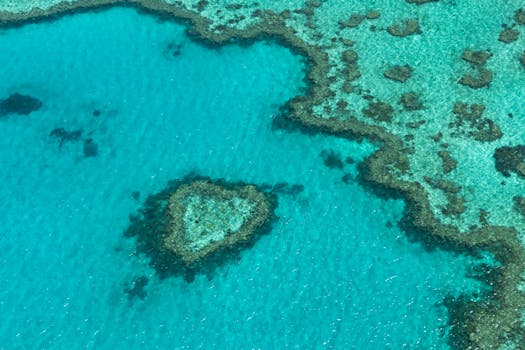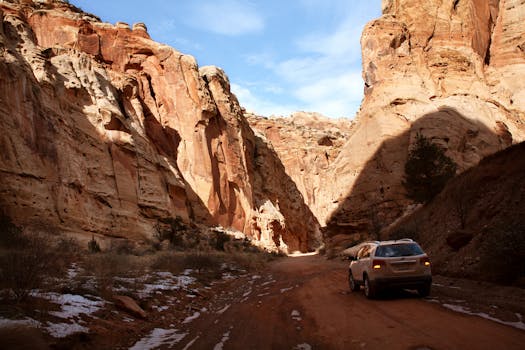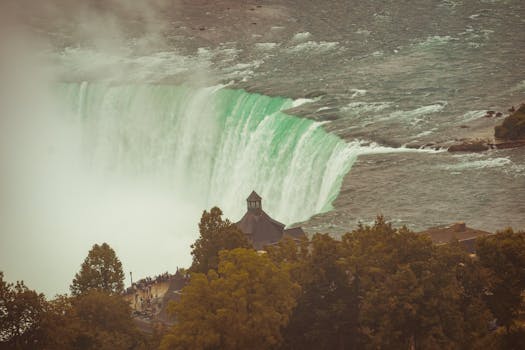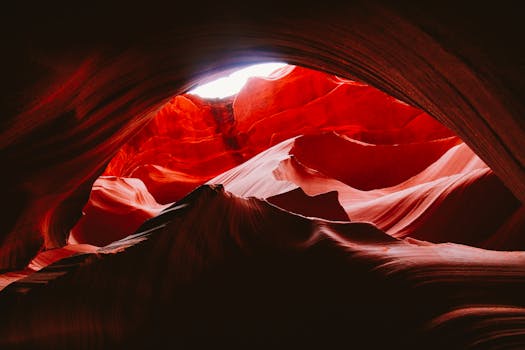
The Grand Canyon, USA

The Grand Canyon is one of the most awe-inspiring natural wonders in the United States. Spanning 277 miles in length and reaching depths of over a mile, this immense canyon carved by the Colorado River is a UNESCO World Heritage Site. Visitors are treated to breathtaking views of layered rock formations, vibrant sunsets, and the winding river below. Hiking trails, such as the Bright Angel Trail and South Kaibab Trail, offer adventurers a chance to experience the canyon’s beauty up close.
The Great Barrier Reef, Australia

The Great Barrier Reef is the largest coral reef system in the world, located off the coast of Queensland, Australia. Stretching over 1,400 miles, this UNESCO World Heritage Site is home to an incredible diversity of marine life, including over 1,500 species of fish, 400 species of coral, and numerous other aquatic creatures. Snorkeling and scuba diving in the clear blue waters reveal a vibrant underwater world, making it a top destination for ocean enthusiasts and nature lovers alike.
Machu Picchu, Peru

Nestled high in the Andes Mountains, Machu Picchu is an ancient Incan city that has captivated travelers for centuries. This UNESCO World Heritage Site is renowned for its sophisticated dry-stone construction and panoramic views of the surrounding mountains. The site is accessible via the Inca Trail, a multi-day trek that offers stunning vistas and a glimpse into the rich history of the Incan civilization. Machu Picchu remains one of the most iconic and unique geographic wonders in the world.
The Northern Lights, Various Locations

The Northern Lights, or Aurora Borealis, is a natural light display predominantly seen in high-latitude regions around the Arctic and Antarctic. This stunning phenomenon occurs when charged particles from the sun collide with the Earth’s atmosphere, creating vibrant waves of green, purple, and red light dancing across the sky. Popular locations to witness this breathtaking spectacle include Norway, Canada, and Iceland, where travelers flock to experience the magic of the Northern Lights.
The Salar de Uyuni, Bolivia

The Salar de Uyuni is the world’s largest salt flat, covering over 4,000 square miles in southwest Bolivia. This unique geographic wonder is particularly famous for its mirror-like effect during the rainy season, when a thin layer of water transforms the flat into a vast, reflective surface. Visitors can explore the salt flats to see the unique hexagonal patterns made by salt crusts, as well as the colorful islands dotted throughout the area, such as Isla Incahuasi, which is home to giant cacti. The Salar de Uyuni offers a surreal and unforgettable landscape for travelers seeking adventure.






